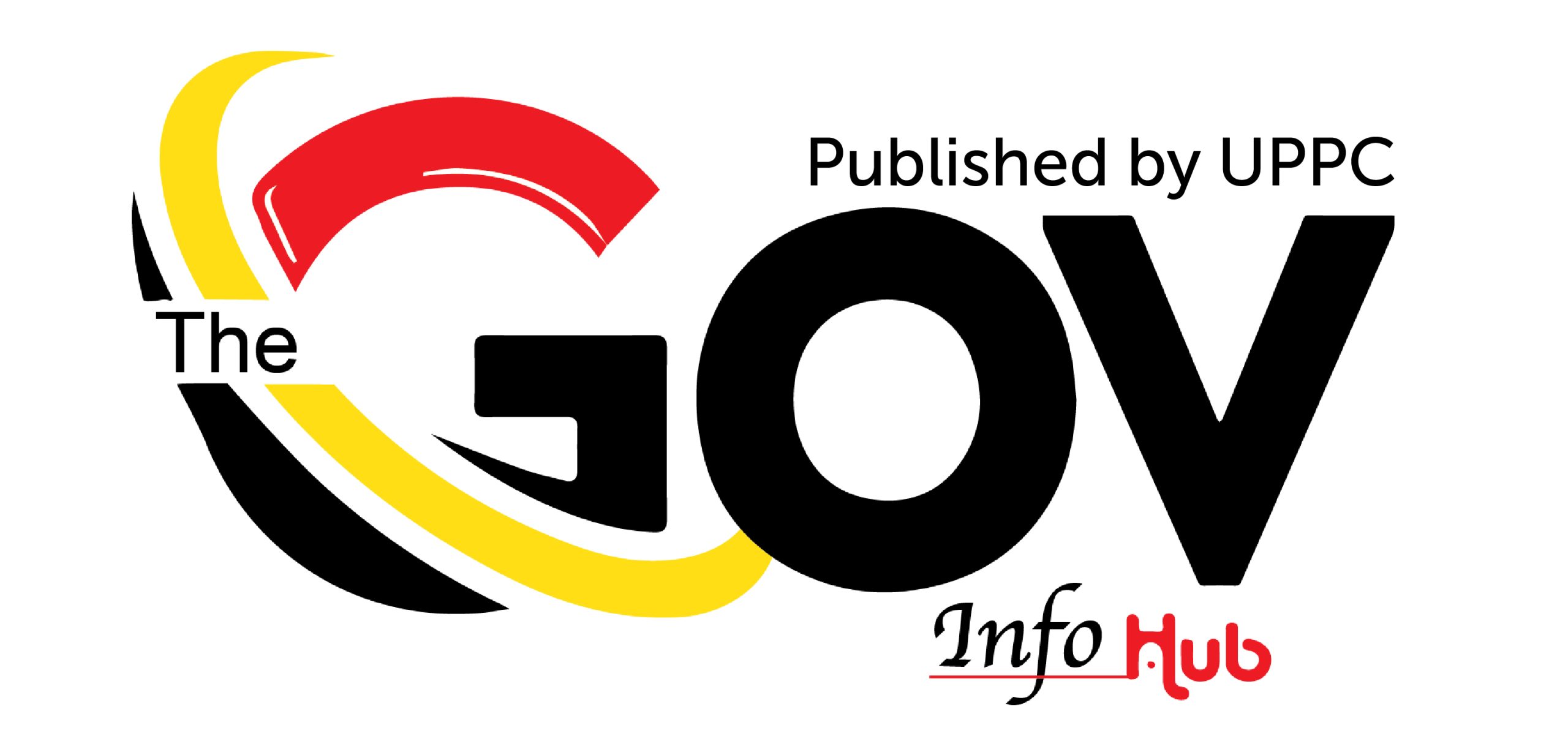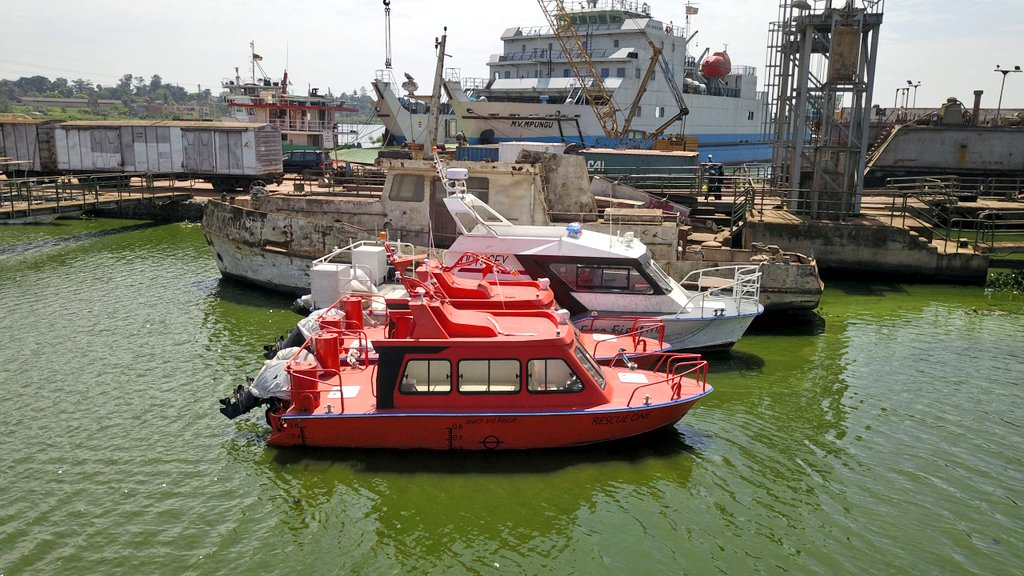The Ministry of Works and Transport has actualized its dream of marine safety and security in Uganda’s major water bodies, with the arrival of nine new Search and Rescue Boats.
The boats are also fitted with ambulance equipment for easy evacuation of victims in need of critical medical attention.
The Ministry of Works says these boats will be deployed on Lakes Victoria, Albert and Kyoga at the nine Search and Rescue Centers across the inland water bodies.
This development is part of the Multinational Lake Victoria Maritime Communications Transport Project, which is aimed at ensuring safer fishing activities, fewer maritime accidents, more lives saved and improved security of water transport.
State Minister for Transport, Fred Byamukama, said the initiative would further promote water transport safety and security, in collaboration with the Lake Victoria Basin Commission (LVBC) and funding from the African Development Bank (AfDB).
The SAR centers on Lake Victoria have been established at the landing sites of Kaazi, Misonzi, Lwanika, Kiyindi, Masese, and Buvuma at Namba Emu.
The others are Zengebe on Lake Kyoga and at Panyimur and Kaiso landing sites in Packwach and Kikuube districts respectively.
On the greater mission on marine transport, the government, working together with the other Lake Victoria basin countries, has a regional Maritime Rescue Coordination Center at Mwanza, three sub-centres: one in Tanzania, another one in Uganda at Entebbe and the third at Kisumu- Kenya.
According to Minister Byamukama, the government is currently constructing a Maritime Survival Training Center at Entebbe which to conduct training of all water operators for the purposes of improving their knowledge and skills.
According to him, the plan is to procure 17 rescue boats and to establish a weather buoy system on the lakes. The buoys help determine weather patterns on the water bodies, and the data is then used to guide the water transport users.
Uganda’s lakes and rivers are prone to accidents that usually claim the lives of travelers and fishing communities, mainly because of sudden weather changes, poor quality of boats and disregard for regulations like loading and the use of quality lifesaving jackets.
Some reports collected by organizations like Reach a Hand Uganda, estimate 3,000 deaths a year. Unfortunately, many incidents, especially involving fewer, rural and poorer people, are hardly reported.
It was largely for these reasons that the government decided to develop a National Search and Rescue (SAR) Plan which was also prepared in accordance with the guidelines of the International Civil Aviation Organization and the International Maritime Organization (ICAO/IMO).
In June 2022, the first National Aeronautical and Maritime Search and Rescue Committee was inaugurated by the Ministry, to oversee the National Search and Rescue Plan and coordinate Search and Rescue matters.
The Committee is chaired by the Permanent Secretary of the Ministry of Works and Transport, and a Technical Committee chaired by the Director of Transport.
The development is also part of the Ministry Multi National Lake Victoria Maritime Communication and Transport (MLVMCT) Project majorly to establish Search and Rescue facilities and a Maritime Training Institute at the Fisheries Training Institute at Entebbe.
Apart from the search and rescue boats, the ministry has, under the same plan, set up a call center at the Fisheries Training Center to receive distress calls from persons in transport on water transport using a toll-free code 110 from any network.
“For the maritime sector, improving Uganda’s Search and Rescue capabilities will significantly improve the safety of our people and make Uganda’s maritime sector more attractive for private investment to achieve the much-desired modal growth,” said Fred Byamukama, State Minister for Transport.
He says the developments are critical to the growing economy and the resultant demand for better services, including across the three countries.


